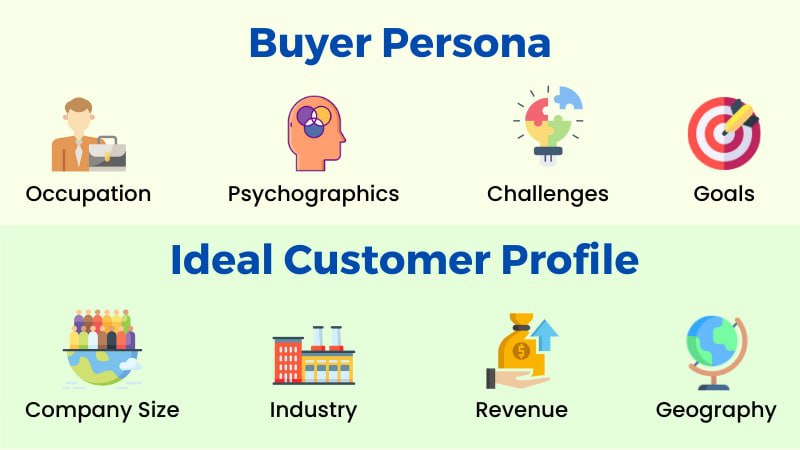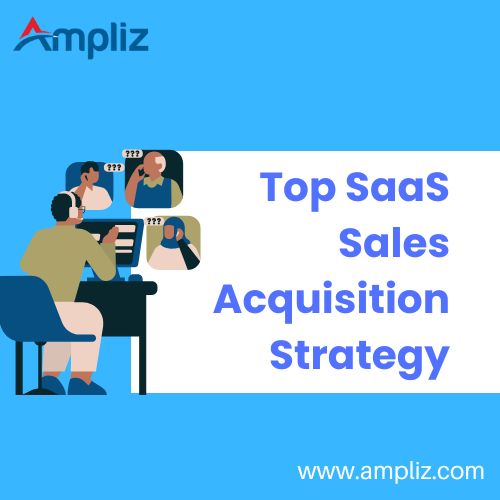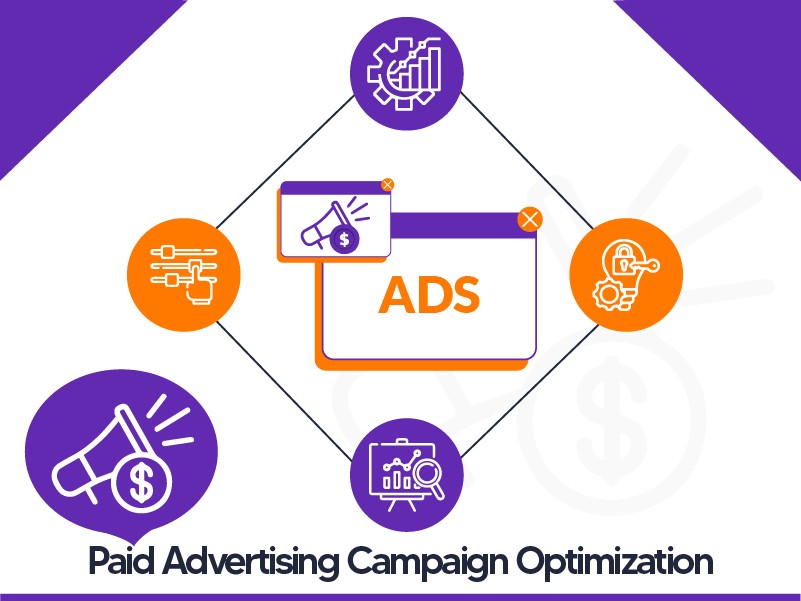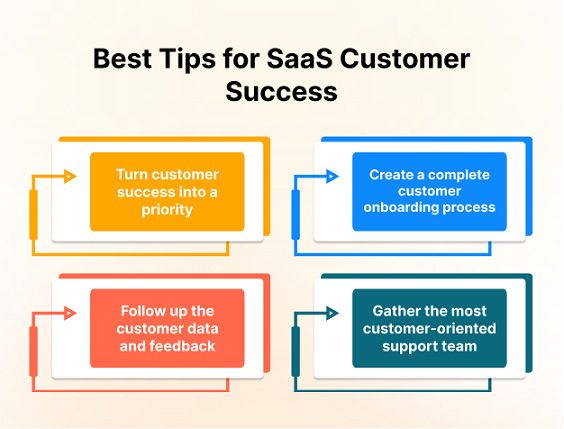Why Customer Acquisition is the Lifeblood of Your SaaS Business
Customer acquisition is the backbone of any successful SaaS business. It’s the process of attracting and converting new customers into paying users of your software. Without a well-planned customer acquisition strategy, your SaaS business will struggle to grow and scale. In fact, a study by Pacific Crest found that the average SaaS company spends around 92% of its first-year revenue on customer acquisition. This highlights the importance of getting your customer acquisition strategy right from the outset.
A key metric to focus on when it comes to customer acquisition is customer lifetime value (CLV). This represents the total amount of revenue a customer will generate for your business over their lifetime. By increasing CLV, you can reduce your customer acquisition costs and improve your overall profitability. Another crucial metric is churn rate, which measures the percentage of customers who cancel their subscription over a given period. By reducing churn, you can increase customer retention and drive long-term growth.
A well-planned customer acquisition strategy can make or break a SaaS company. It’s essential to understand your target audience, develop a unique value proposition, and create a sales funnel that converts leads into paying customers. By leveraging the right SaaS customer acquisition strategies, you can drive revenue growth, increase customer loyalty, and establish your business as a leader in the market.
Some of the most effective SaaS customer acquisition strategies include content marketing, social media marketing, paid advertising, and email marketing. By combining these strategies, you can create a powerful customer acquisition machine that drives growth and revenue for your business. For example, you can use content marketing to attract leads, social media marketing to engage with your target audience, paid advertising to drive conversions, and email marketing to nurture leads and encourage repeat business.
Ultimately, the key to success in SaaS customer acquisition is to focus on delivering value to your customers. By providing exceptional customer experiences, you can build trust, loyalty, and advocacy, which are essential for driving long-term growth and revenue. By prioritizing customer acquisition and leveraging the right strategies, you can establish your SaaS business as a leader in the market and drive success for years to come.
How to Identify Your Ideal Customer: A Deep Dive into Buyer Personas
Creating effective SaaS customer acquisition strategies relies heavily on understanding your target audience. One of the most powerful tools for achieving this is the buyer persona. A buyer persona is a semi-fictional representation of your ideal customer, based on market research and data analysis. By developing a detailed buyer persona, you can tailor your marketing messages, product development, and sales approach to meet the specific needs and pain points of your target audience.
To create a buyer persona, start by researching your target audience. This can involve analyzing customer data, conducting surveys and interviews, and gathering feedback from customer-facing teams. Look for patterns and trends in the data, such as demographics, job titles, industries, and pain points. Use this information to create a detailed profile of your ideal customer, including their goals, challenges, and behaviors.
For example, let’s say you’re a SaaS company that offers a project management tool for marketing teams. Your buyer persona might look like this:
Name: Emily
Job Title: Marketing Manager
Industry: Software as a Service (SaaS)
Goals: Streamline project workflows, improve team collaboration, and increase productivity
Challenges: Managing multiple projects simultaneously, communicating with team members, and meeting deadlines
Behaviors: Regularly uses social media, attends industry conferences, and reads industry blogs
By understanding Emily’s goals, challenges, and behaviors, you can develop targeted marketing messages and product features that meet her specific needs. For instance, you might create a social media campaign that highlights the benefits of your project management tool for marketing teams, or develop a feature that integrates with popular social media platforms.
Successful SaaS companies like HubSpot and Salesforce have effectively utilized buyer personas to drive their customer acquisition strategies. By creating detailed buyer personas, these companies have been able to tailor their marketing messages, product development, and sales approach to meet the specific needs of their target audience.
By following these steps and creating a detailed buyer persona, you can develop effective SaaS customer acquisition strategies that drive revenue growth and customer loyalty. Remember to regularly review and update your buyer persona to ensure it remains accurate and relevant to your target audience.
The Power of Content Marketing: Attracting and Engaging Your Target Audience
Content marketing is a crucial component of SaaS customer acquisition strategies. By creating high-quality, relevant, and valuable content, you can attract and engage your target audience, build trust and credibility, and ultimately drive conversions. In fact, a study by Demand Metric found that content marketing generates three times more leads than traditional marketing methods, while costing 62% less.
So, what types of content resonate with SaaS target audiences? Blog posts, eBooks, webinars, and case studies are all effective formats for educating and engaging potential customers. For example, a SaaS company that offers a project management tool might create a blog post on “10 Tips for Streamlining Your Project Workflow” or an eBook on “The Ultimate Guide to Project Management for Marketing Teams”.
When creating a content marketing strategy, it’s essential to consider the buyer’s journey. This involves mapping out the different stages that a potential customer goes through, from awareness to consideration to conversion. By creating content that addresses the specific needs and pain points of each stage, you can guide the buyer through the journey and increase the chances of conversion.
Another key aspect of content marketing is distribution. This involves getting your content in front of the right people, at the right time. Social media, email marketing, and paid advertising are all effective channels for distributing content and reaching your target audience. For example, you might share your blog post on LinkedIn, Twitter, and Facebook, or promote it through a targeted email campaign.
Successful SaaS companies like HubSpot and Salesforce have effectively utilized content marketing to drive customer acquisition. By creating high-quality, relevant, and valuable content, these companies have been able to attract and engage their target audiences, build trust and credibility, and ultimately drive conversions.
By incorporating content marketing into your SaaS customer acquisition strategy, you can attract and engage your target audience, build trust and credibility, and ultimately drive conversions. Remember to focus on creating high-quality, relevant, and valuable content that addresses the specific needs and pain points of your target audience, and to distribute it through the right channels to maximize reach and impact.
Leveraging Social Media and Influencer Marketing for SaaS Customer Acquisition
Social media and influencer marketing are powerful tools for SaaS customer acquisition. By leveraging these channels, you can reach and engage your target audience, build brand awareness, and drive conversions. In fact, a study by Social Media Examiner found that 71% of SaaS companies use social media to acquire new customers.
When it comes to social media marketing, it’s essential to focus on the platforms where your target audience is most active. For example, if your SaaS company targets business professionals, LinkedIn may be a more effective platform than Facebook or Twitter. By creating platform-specific strategies, you can maximize your reach and impact.
Influencer marketing is another effective way to reach and engage your target audience. By partnering with influencers who have a large following in your target market, you can amplify your brand’s message and build credibility. For example, a SaaS company that offers a project management tool might partner with an influencer who specializes in productivity and time management.
When selecting influencers to partner with, it’s essential to consider their relevance, reach, and engagement. Look for influencers who have a large following in your target market, and who are actively engaged with their audience. You can also use tools like BuzzStream or Ahrefs to find and evaluate potential influencers.
Successful SaaS companies like Hootsuite and Buffer have effectively utilized social media and influencer marketing to drive customer acquisition. By creating platform-specific strategies and partnering with influencers who can amplify their brand’s message, these companies have been able to reach and engage their target audiences, build brand awareness, and drive conversions.
By incorporating social media and influencer marketing into your SaaS customer acquisition strategy, you can reach and engage your target audience, build brand awareness, and drive conversions. Remember to focus on platform-specific strategies, and to partner with influencers who can amplify your brand’s message and build credibility.
The Art of Paid Advertising: Maximizing ROI with Targeted Campaigns
Paid advertising is a crucial component of SaaS customer acquisition strategies. By leveraging platforms like Google Ads, Facebook Ads, and LinkedIn Ads, you can reach and engage your target audience, drive conversions, and maximize ROI. In fact, a study by WordStream found that the average ROI for Google Ads is 200%, while the average ROI for Facebook Ads is 152%.
When it comes to paid advertising, it’s essential to focus on targeting the right audience. This involves creating buyer personas, identifying relevant keywords, and setting up targeted campaigns. For example, a SaaS company that offers a project management tool might target keywords like “project management software” or “team collaboration tools”.
Google Ads is a popular platform for paid advertising, offering a range of targeting options, including keyword targeting, demographic targeting, and interest-based targeting. By leveraging these options, you can create targeted campaigns that reach and engage your target audience.
Facebook Ads is another effective platform for paid advertising, offering a range of targeting options, including demographic targeting, interest-based targeting, and behavioral targeting. By leveraging these options, you can create targeted campaigns that reach and engage your target audience.
LinkedIn Ads is a popular platform for B2B paid advertising, offering a range of targeting options, including job title targeting, company targeting, and industry targeting. By leveraging these options, you can create targeted campaigns that reach and engage your target audience.
When setting up paid advertising campaigns, it’s essential to focus on maximizing ROI. This involves tracking key metrics, such as conversion rates, cost per acquisition, and return on ad spend. By leveraging analytics tools, you can optimize your campaigns for maximum ROI.
Successful SaaS companies like HubSpot and Salesforce have effectively utilized paid advertising to drive customer acquisition. By creating targeted campaigns, leveraging analytics tools, and maximizing ROI, these companies have been able to reach and engage their target audiences, drive conversions, and drive long-term growth.
By incorporating paid advertising into your SaaS customer acquisition strategy, you can reach and engage your target audience, drive conversions, and maximize ROI. Remember to focus on targeting the right audience, leveraging analytics tools, and maximizing ROI.
Email Marketing and Nurture Campaigns: Converting Leads into Paying Customers
Email marketing and nurture campaigns are essential components of SaaS customer acquisition strategies. By building and segmenting email lists, crafting compelling email copy, and automating workflows, you can convert leads into paying customers and drive revenue growth. In fact, a study by MarketingSherpa found that email marketing has a median ROI of 122%, making it one of the most effective marketing channels for SaaS businesses.
When building an email list, it’s essential to focus on quality over quantity. This involves creating targeted opt-in forms, offering valuable content upgrades, and segmenting your list based on user behavior and preferences. By doing so, you can create a list of engaged and interested leads who are more likely to convert into paying customers.
Crafting compelling email copy is also crucial for converting leads into paying customers. This involves using attention-grabbing subject lines, personalizing your emails, and using clear and concise language. By doing so, you can increase open rates, click-through rates, and conversion rates.
Automating workflows is also essential for email marketing and nurture campaigns. This involves using marketing automation tools to create and send targeted emails, as well as to track and analyze user behavior. By doing so, you can save time, increase efficiency, and drive more conversions.
Successful SaaS companies like HubSpot and Salesforce have effectively utilized email marketing and nurture campaigns to drive customer acquisition. By building and segmenting email lists, crafting compelling email copy, and automating workflows, these companies have been able to convert leads into paying customers and drive revenue growth.
By incorporating email marketing and nurture campaigns into your SaaS customer acquisition strategy, you can convert leads into paying customers and drive revenue growth. Remember to focus on building high-quality email lists, crafting compelling email copy, and automating workflows to maximize ROI.
Measuring and Optimizing Your Customer Acquisition Strategy
Measuring and optimizing your customer acquisition strategy is crucial for SaaS businesses. By tracking key metrics and using analytics tools, you can identify areas for improvement, optimize your strategy, and drive more conversions. In fact, a study by HubSpot found that companies that use data-driven decision-making are 6 times more likely to see a significant increase in revenue.
So, what metrics should you track? Customer acquisition cost (CAC), customer lifetime value (CLV), and conversion rates are all essential metrics to track. CAC measures the cost of acquiring a new customer, while CLV measures the total value of a customer over their lifetime. Conversion rates measure the percentage of leads that convert into paying customers.
Analytics tools like Google Analytics, Mixpanel, and Kissmetrics can help you track these metrics and optimize your customer acquisition strategy. By using these tools, you can identify areas for improvement, such as high CAC or low conversion rates, and make data-driven decisions to optimize your strategy.
For example, if you notice that your CAC is high, you may want to optimize your paid advertising campaigns to reduce costs. If you notice that your conversion rates are low, you may want to optimize your landing pages or email marketing campaigns to improve conversion rates.
Successful SaaS companies like Salesforce and Dropbox have effectively used data-driven decision-making to optimize their customer acquisition strategies. By tracking key metrics and using analytics tools, these companies have been able to identify areas for improvement and make data-driven decisions to drive more conversions.
By incorporating data-driven decision-making into your SaaS customer acquisition strategy, you can optimize your strategy, drive more conversions, and ultimately drive revenue growth. Remember to track key metrics, use analytics tools, and make data-driven decisions to optimize your strategy.
Scaling Your SaaS Business with a Customer-Centric Approach
A customer-centric approach is essential for scaling your SaaS business. By delivering exceptional customer experiences, fostering loyalty, and driving long-term growth, you can create a loyal customer base that drives revenue and growth. In fact, a study by Gartner found that companies that prioritize customer experience see a 20% increase in revenue and a 15% increase in customer satisfaction.
So, how can you deliver exceptional customer experiences? Start by understanding your customers’ needs and pain points. Use data and analytics to gain insights into customer behavior and preferences. Then, use this information to create personalized experiences that meet their needs and exceed their expectations.
Fostering loyalty is also critical for scaling your SaaS business. By building strong relationships with your customers, you can create a loyal customer base that drives revenue and growth. Use strategies like customer success programs, loyalty rewards, and personalized communication to build strong relationships with your customers.
Finally, driving long-term growth requires a focus on customer lifetime value (CLV). By prioritizing CLV, you can create a loyal customer base that drives revenue and growth over the long-term. Use strategies like upselling and cross-selling, customer retention programs, and loyalty rewards to drive long-term growth.
Successful SaaS companies like Salesforce and Dropbox have effectively used a customer-centric approach to scale their businesses. By delivering exceptional customer experiences, fostering loyalty, and driving long-term growth, these companies have been able to create a loyal customer base that drives revenue and growth.
By incorporating a customer-centric approach into your SaaS customer acquisition strategy, you can deliver exceptional customer experiences, foster loyalty, and drive long-term growth. Remember to prioritize customer experience, foster loyalty, and drive long-term growth to create a loyal customer base that drives revenue and growth.





